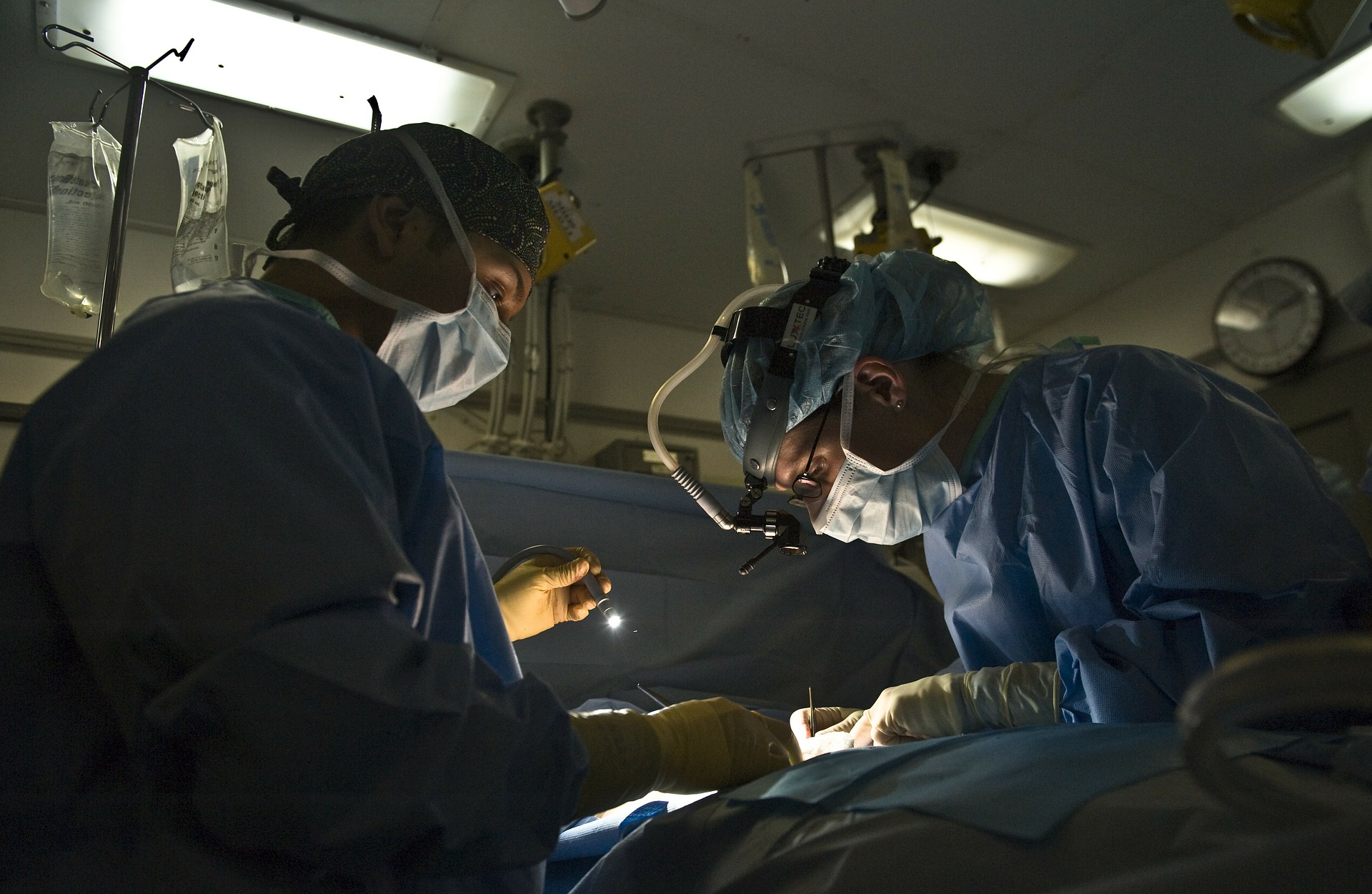New York Hospital Infection Rates Falling; Kingston, NY Medical Malpractice Attorney Weighs In
Hospitals, Infections
Hospital Acquired Infections (“HAI”) are major public health problems, and so much so that in 2005, the Legislature passed and the Governor signed Public Health Law 2819 requiring hospitals to report certain HAIs to the New York Department of Health (“DOH”). The type of infection and the number of infections is recorded, with a rate of infections and percent change since 2007 is calculated.
For example, the report looks at heart bypass surgery chest site, donor site, colon surgery site, hip surgery sit, central line infection, and C. difficile infection. The report, which has shifted through multiple “pilot phases,” has just recently published its next 134-page edition for 2010 with positive news for New York hospitals.
All of the areas had decreased except for one, which had stayed the same. The largest drop was in central line infections, followed by heart bypass surgery for the donor site, then chest site. Most importantly, Capital Region hospitals performed well! In fact, most Capital Region hospitals performed at the state average. While hip infections at Glens Falls Hospital was significantly worse than the state average, Albany Medical Center and St. Peter’s Hospital’s heart bypass surgeries were significantly better than the state average.
Particularly, Albany Medical Center and St. Peter’s had zero infections at the donor site of coronary artery bypass surgeries, while St. Peter’s had only one central line infection at the chest.
These reports are important, and I welcome their publication. Infections are something that we cannot entirely eliminate, but we should be able to dominantly control. These numbers are a good sign for us. It is important to note that such infections can, depending how they occurred (i.e. not following hospital protocol or procedures), lead to medical malpractice! While it is certainly hard to prove, there is still viability in a claim if it can be shown the hospital or physicians/staff deviated from the acceptable norm.
